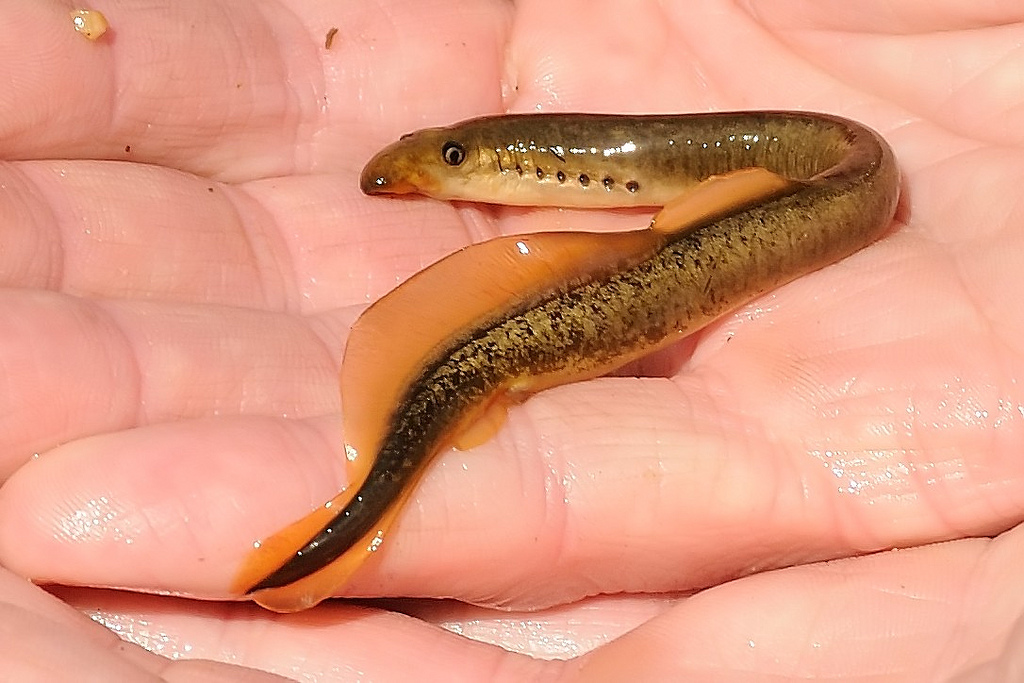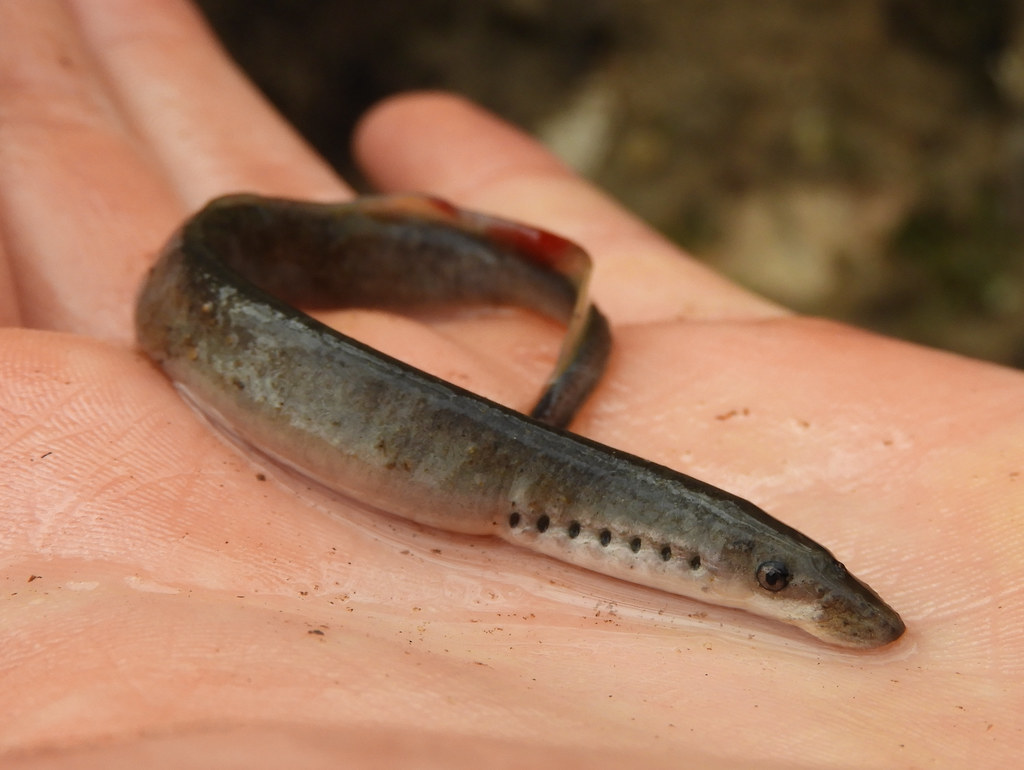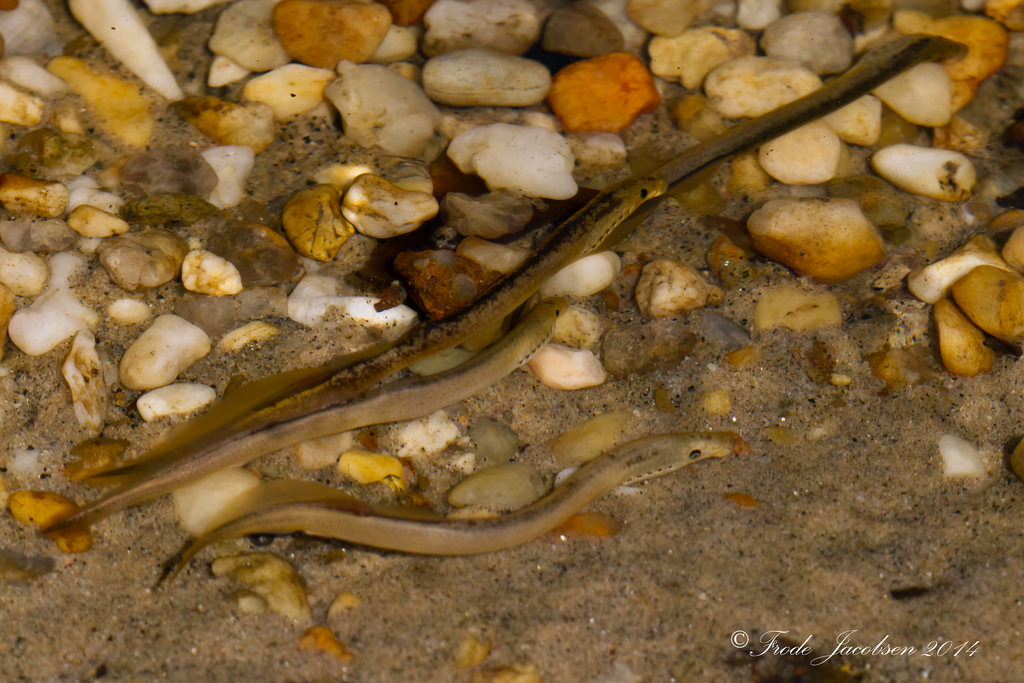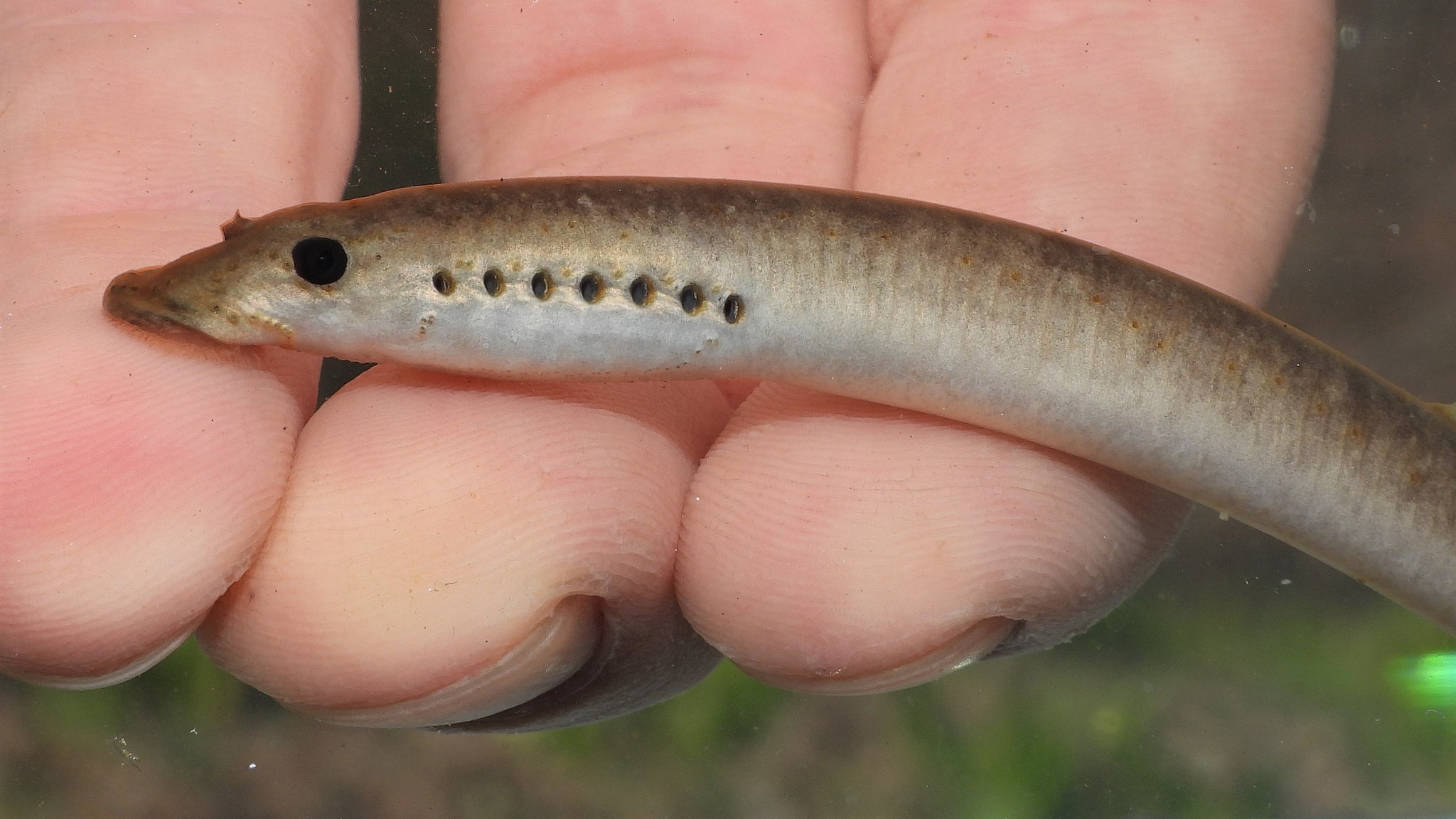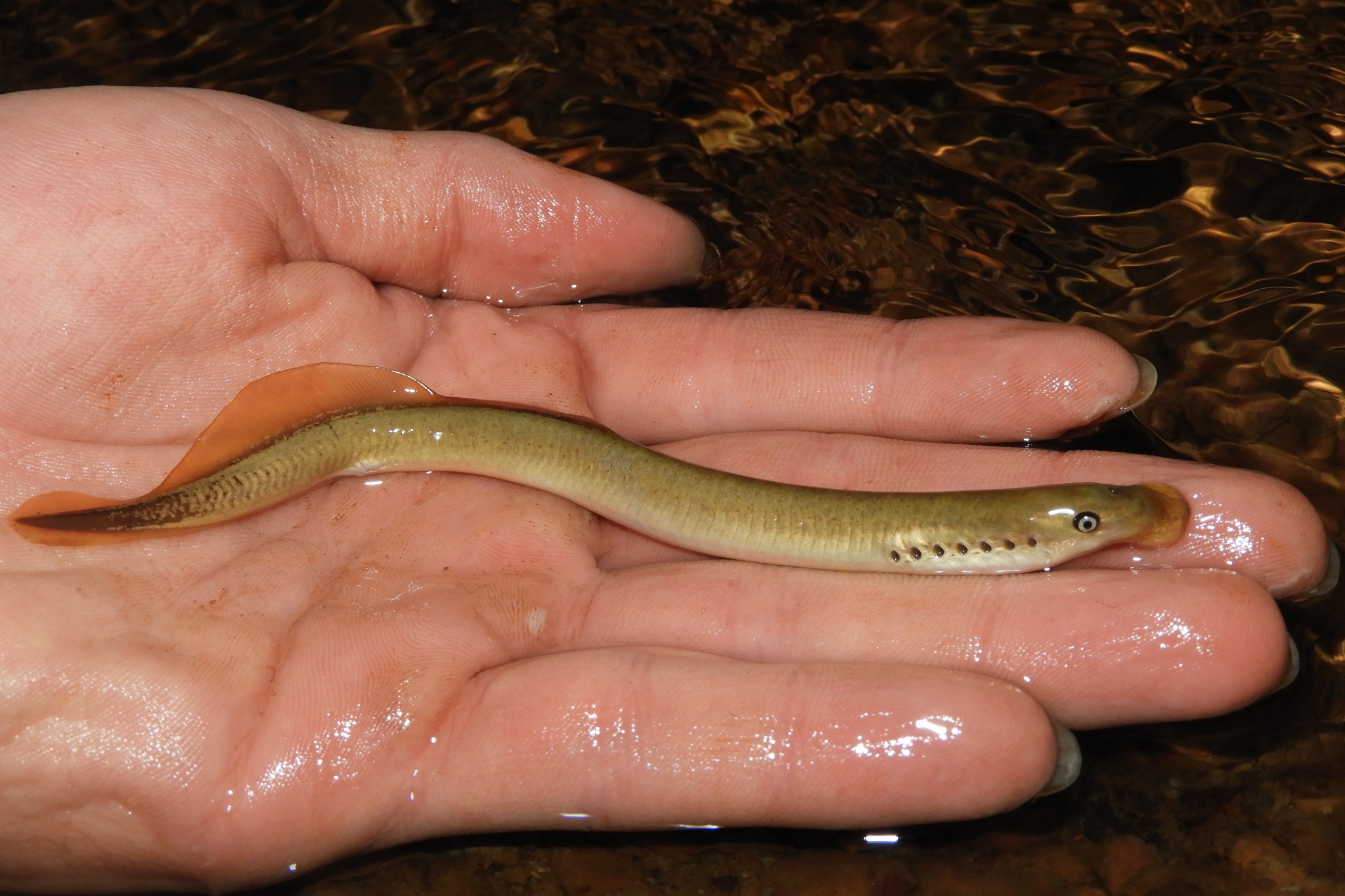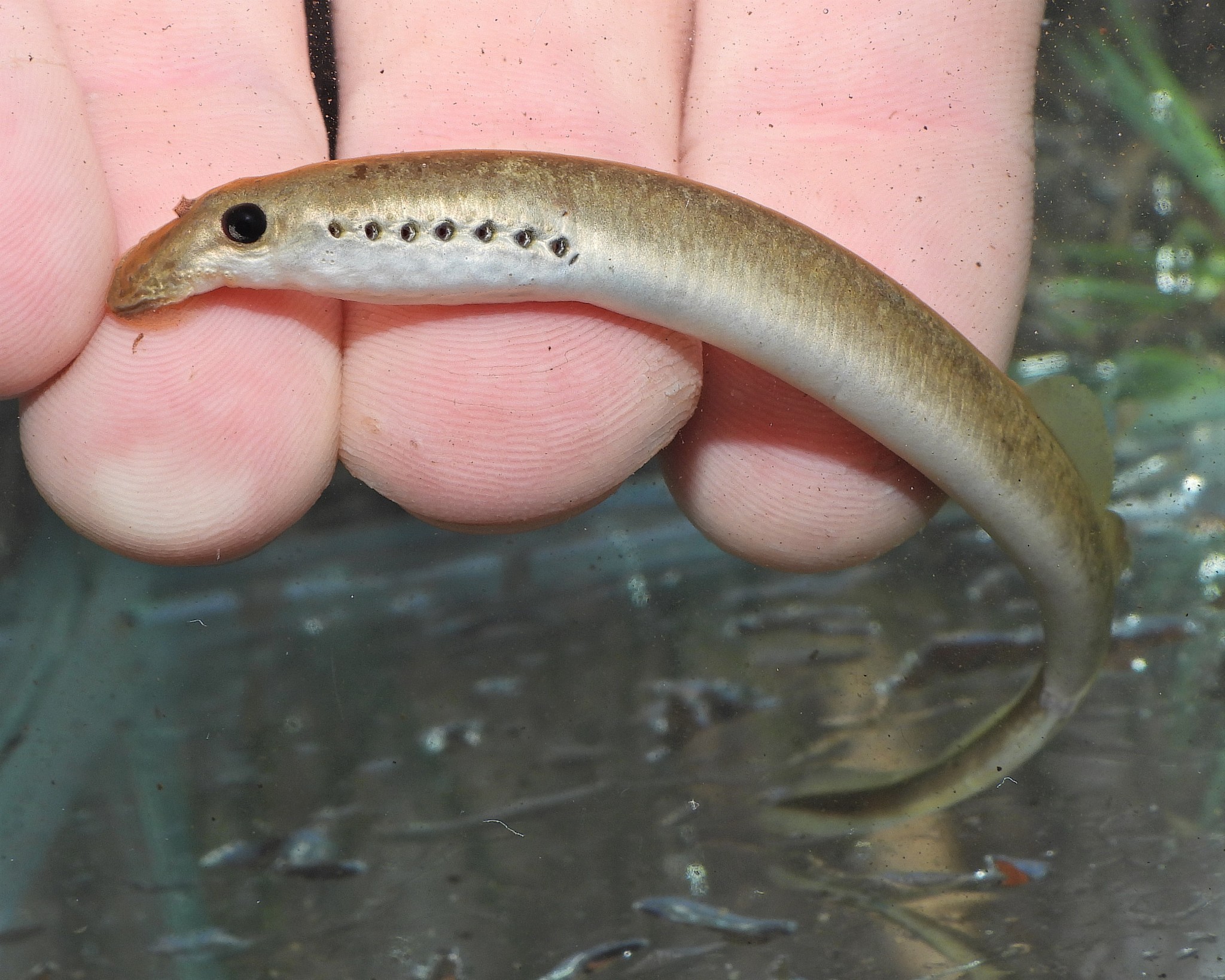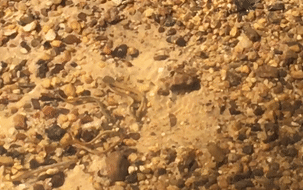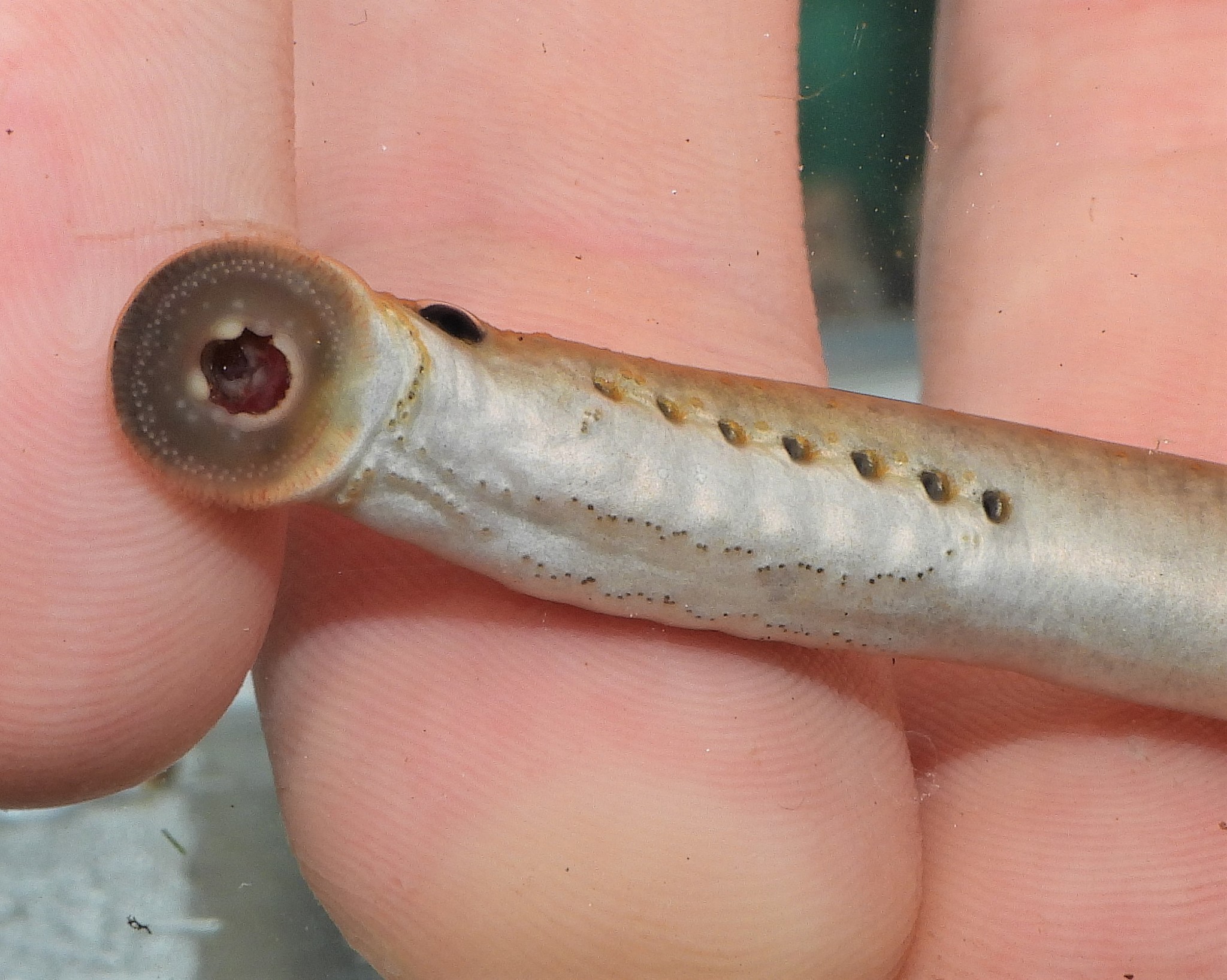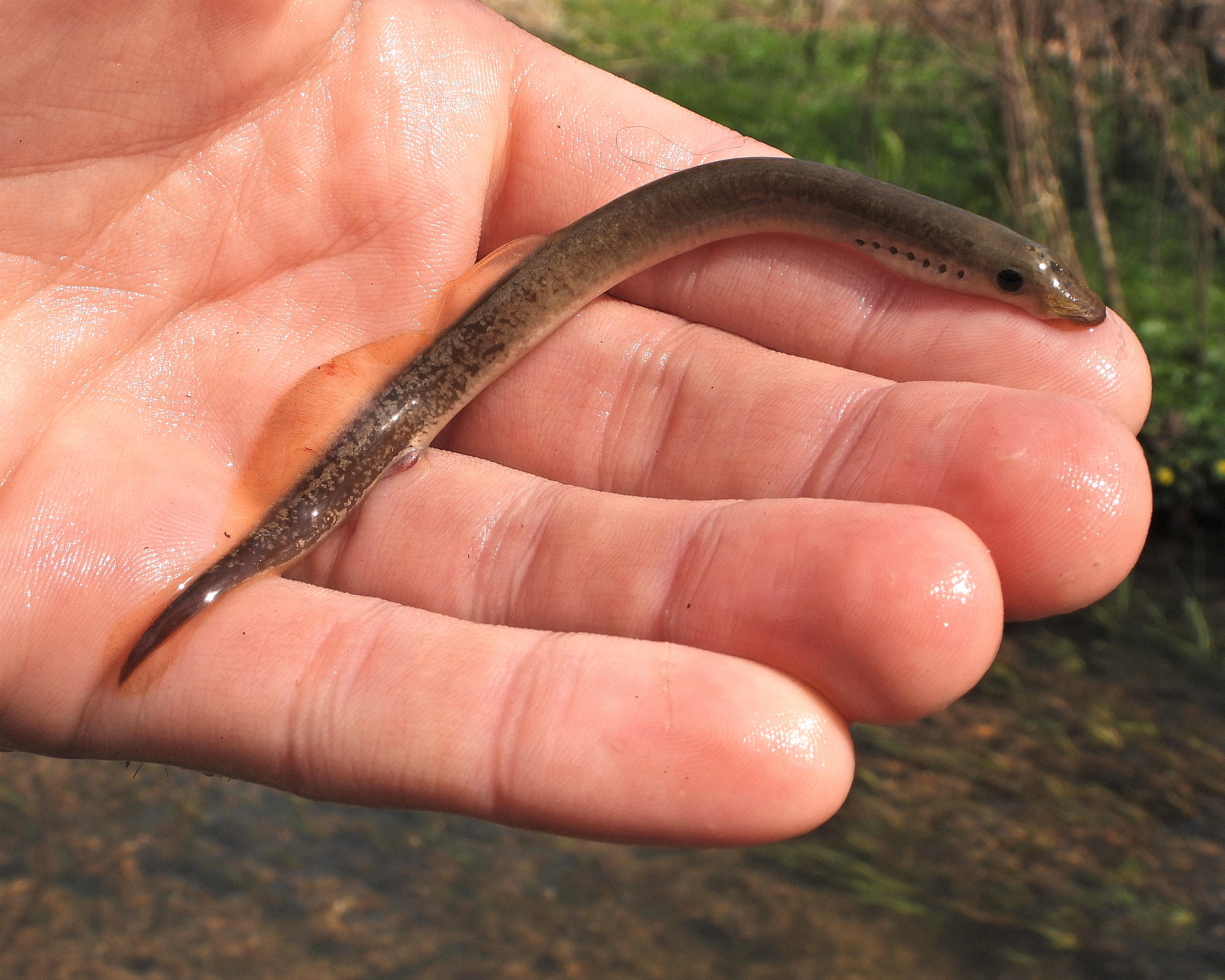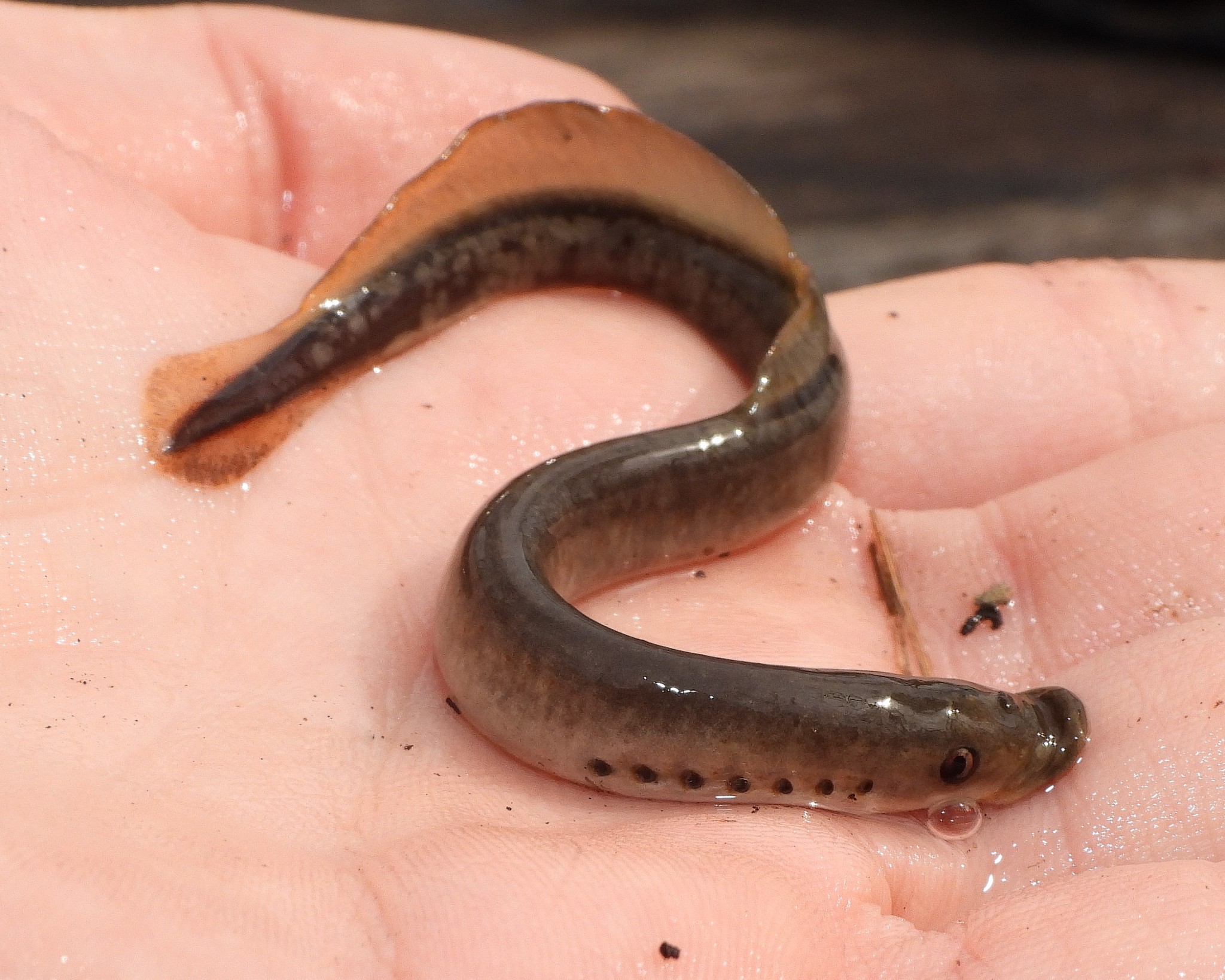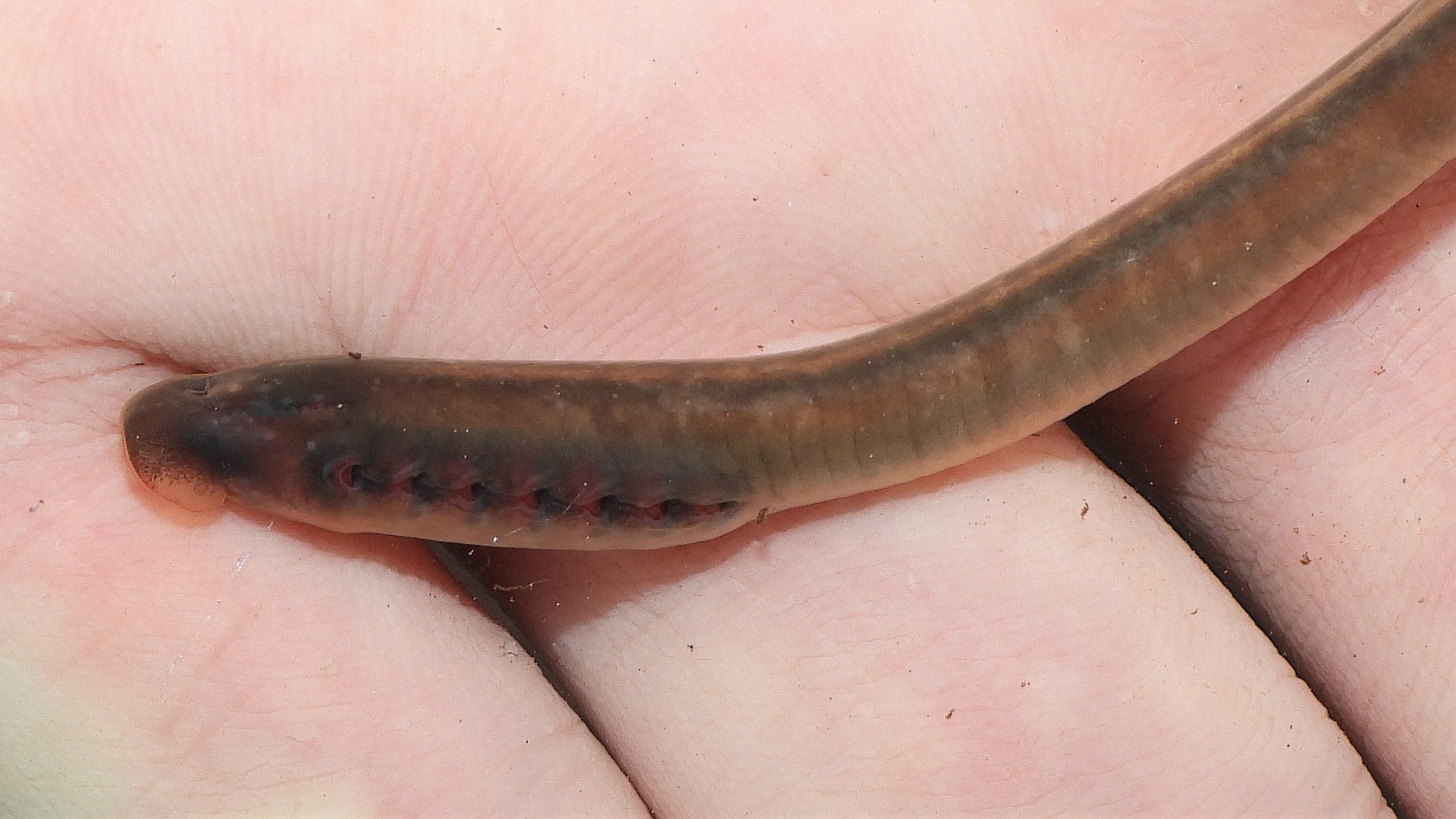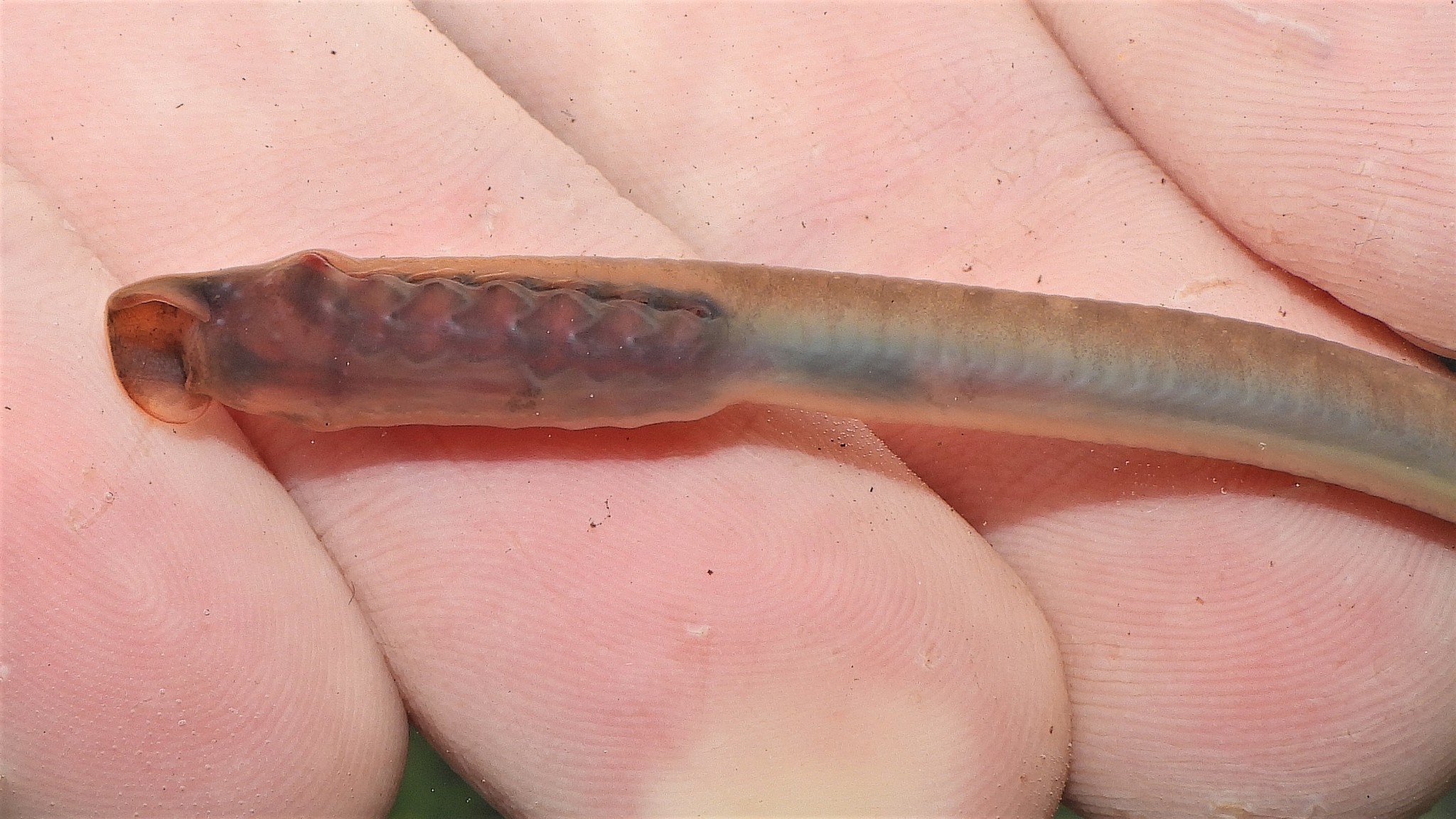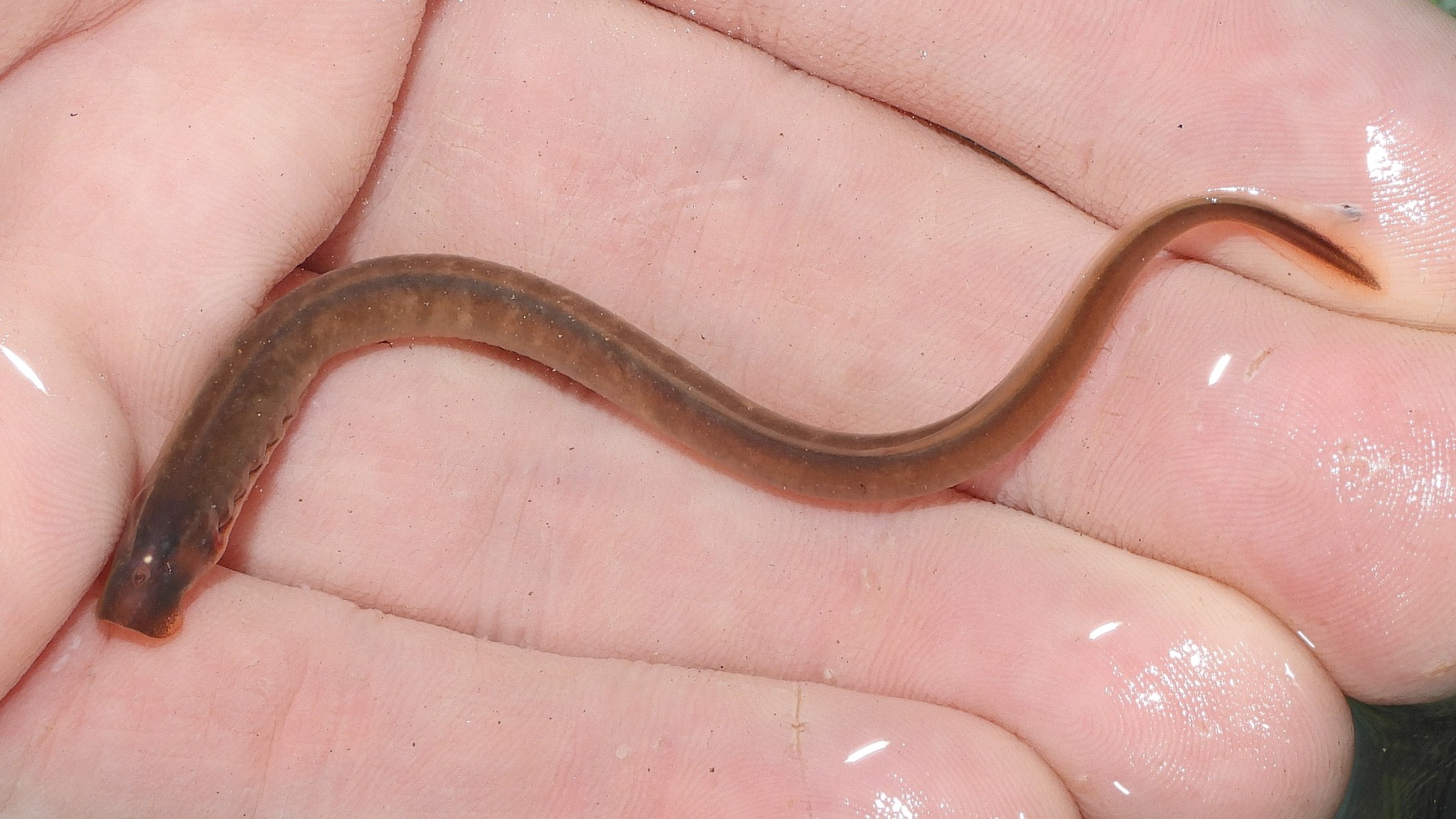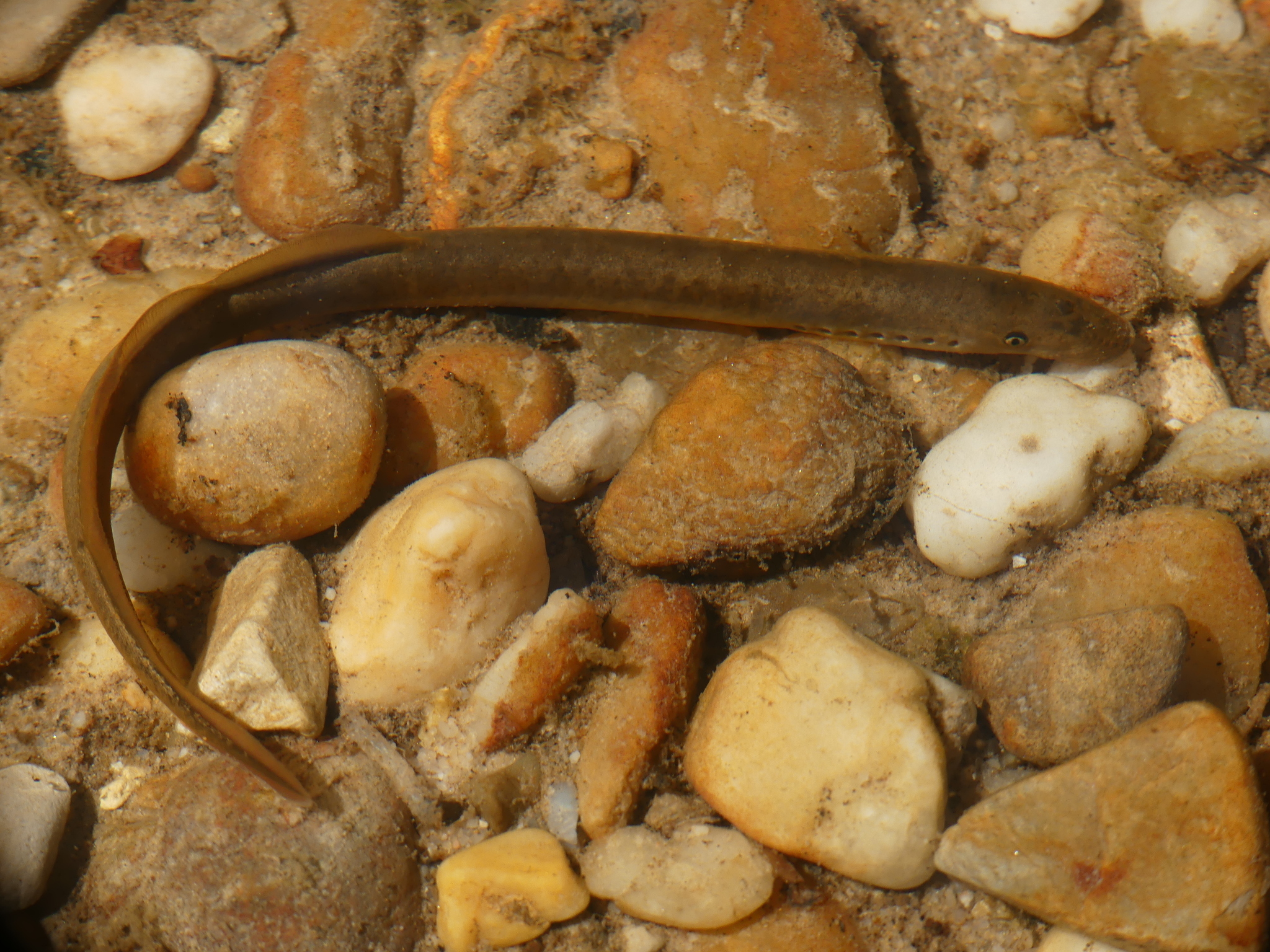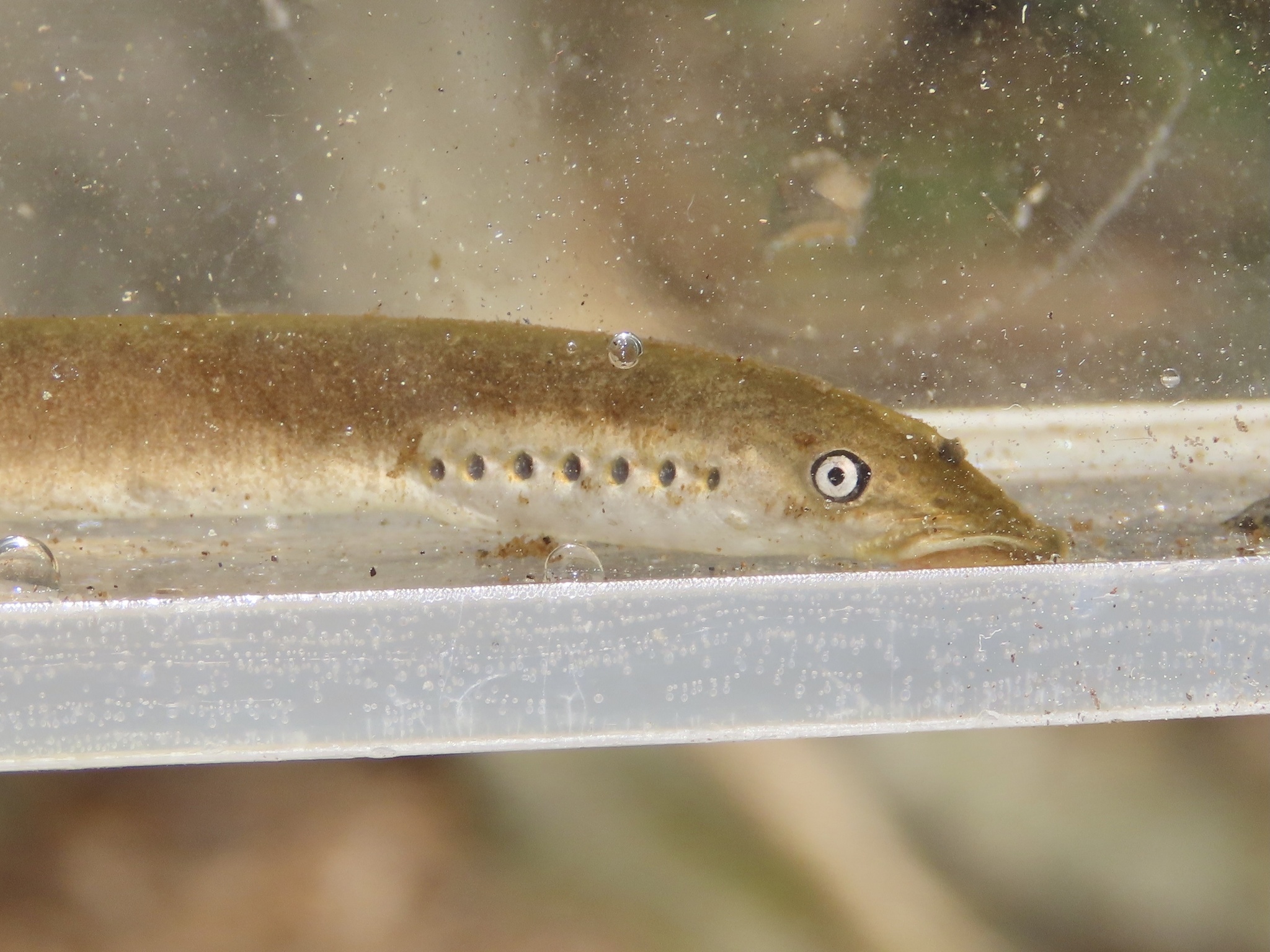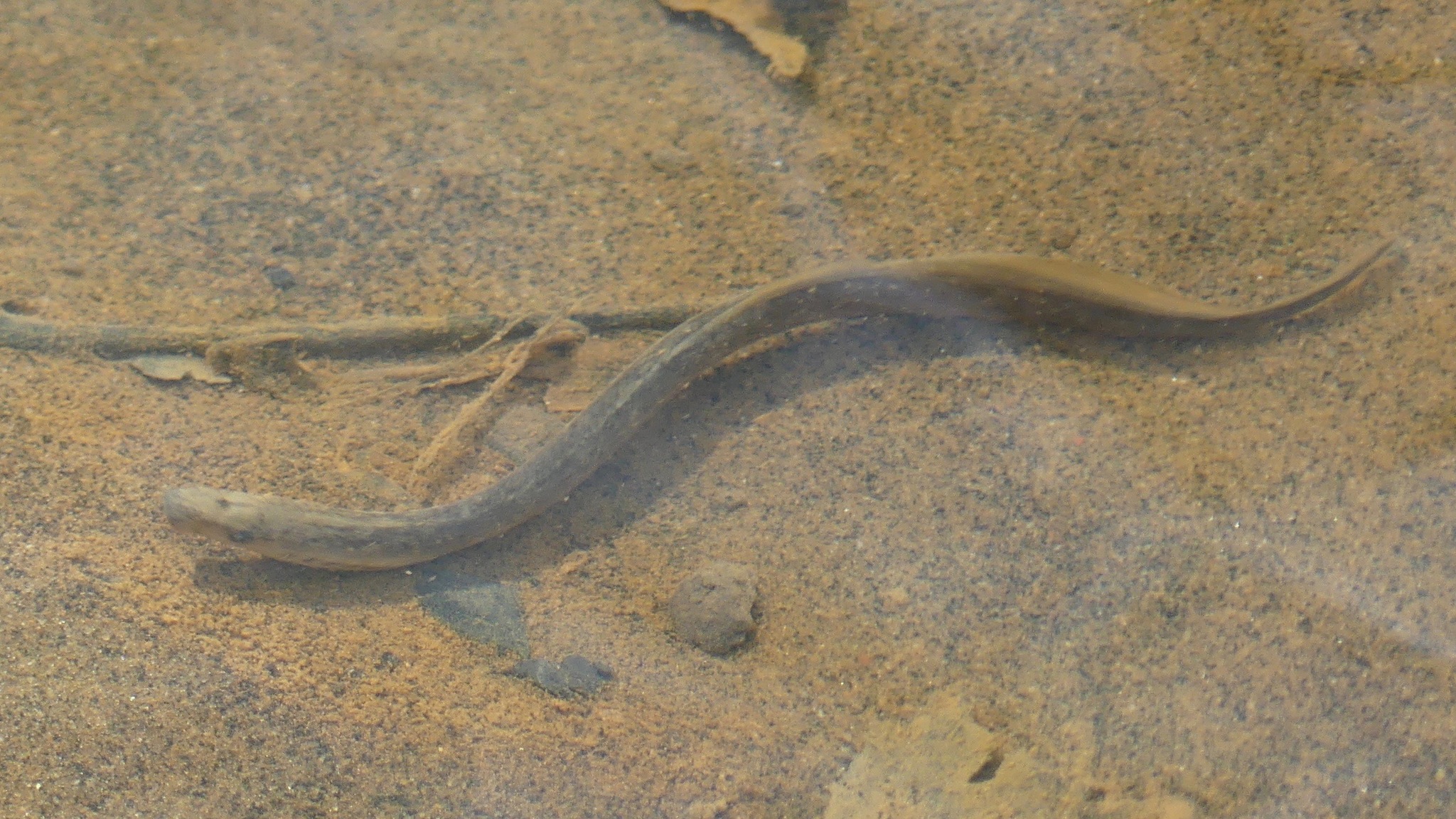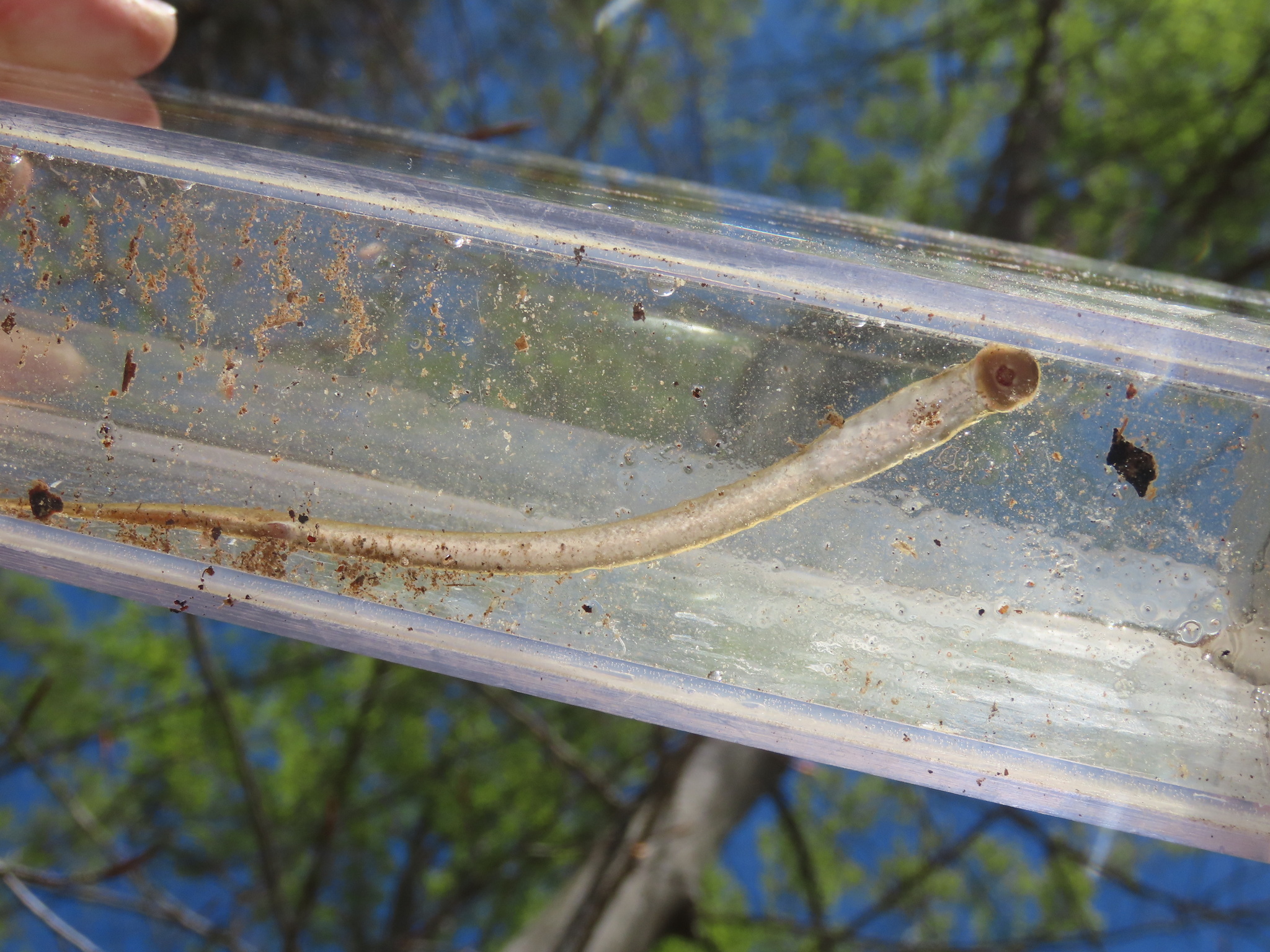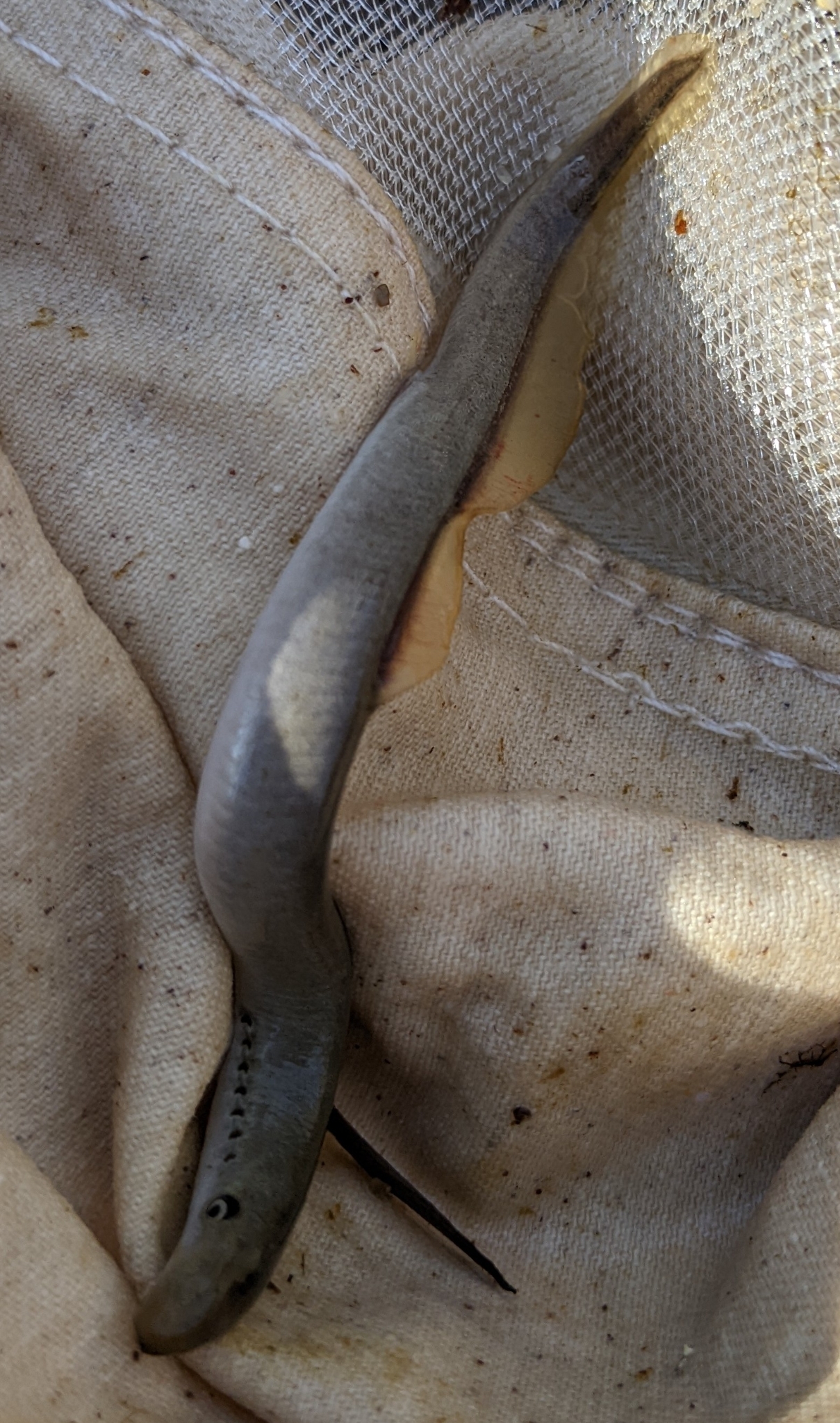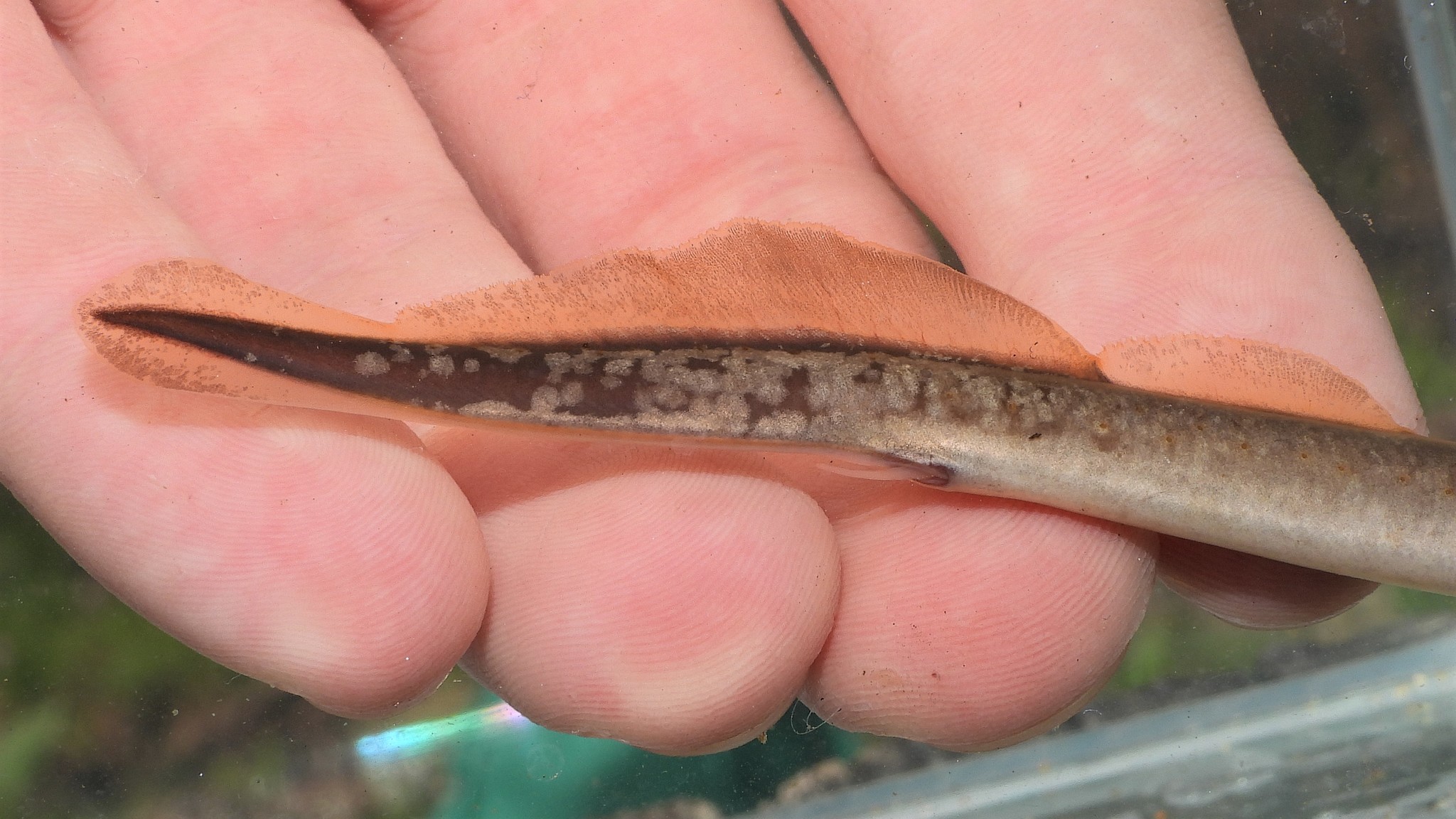Map Snapshot










60 Records
Status
Least Brook Lampreys spawn in the spring. After hatching, the ammocetes spend about three years in the stream bottom eating organic matter and microscopic inverts. They will transform into non-feeding adults in the summer/fall, spawn in the spring, and then expire. (R. Aguilar, pers. comm.)
Relationships
Unlike its more famous cousin the Sea Lamprey, this species is not parasitic on fish but feeds as a youngster by filtering out micro-organisms in the water. The adults do not feed. (R. Orr, pers. comm.)
Seasonality Snapshot
Source: Wikipedia
This article includes a list of general references, but it lacks sufficient corresponding inline citations. (December 2021) |
| Least brook lamprey | |
|---|---|

| |
| Scientific classification | |
| Domain: | Eukaryota |
| Kingdom: | Animalia |
| Phylum: | Chordata |
| Class: | Petromyzontida |
| Order: | Petromyzontiformes |
| Family: | Petromyzontidae |
| Genus: | Lampetra |
| Species: | L. aepyptera
|
| Binomial name | |
| Lampetra aepyptera (C. C. Abbott, 1860)
| |
| Synonyms[2][3] | |
| |
The least brook lamprey (Lampetra aepyptera) is a common, non-parasitic lamprey distributed in the Mississippi River watershed, and a limited range along the Atlantic coast.[1]
Description
[edit]As with all lamprey species, the least brook lamprey spends the majority of its life as a worm-like ammocoete. The ammocoete (5 mm–20 cm) is clear with a pigmented head when small (<5 cm), but becomes a dark/golden brown as it matures. Ammocoetes have pigmented eye spots located in the head that can detect light and dark. After metamorphosis from the ammocoete into the juvenile stage, the lamprey becomes a golden color with yellow-tinged fins. Teeth (often used to identify lamprey to species) develop on the oral disk, and the eyes develop from the eye spots at metamorphosis. Least brook lamprey do not have a juvenile period (see life cycle), and maturation continues directly into the adult stage, at which point the body swells as the gonads are developed. Populations are likely physically distinct depending on the locality where they are captured. Therefore, the physical description provided herein is only a general description. Instead, the tooth arrangements in adults, which do not vary as much between populations, should be used to identify this species positively. Ammocoetes should be tentatively identified based on prior collection history for the area in which they were found unless they are positively identified by an expert.
Life cycle
[edit]
Adults spawn in the spring in the headwaters of streams. The males (aided by females) construct small nests by picking up pebbles with their oral disks and moving them to form the rims of shallow depressions. The sticky eggs are deposited in the nest and adhere to the sand and gravel. Multiple adults may spawn in the same nest, and multiple males may spawn with the same female. As with all lamprey species, adults die after spawning.
When they first hatch, embryos remain in the nest for up to one month before they mature into ammocoetes. Ammocoetes leave the nest and seek out slow-flowing water in sandy areas, where they burrow and begin feeding. Ammocoetes live burrowed for 3–7 yr, feeding on microscopic plant and animal life and detritus (decaying matter). Mature ammocoetes will begin metamorphosis in the late summer through the fall in preparation for spawning the following year. Metamorphosing and adult brook lampreys cannot eat, since they have nonfunctional intestines, and only live for four to six months.
References
[edit]- ^ a b NatureServe. (2013). "Lampetra aepyptera". IUCN Red List of Threatened Species. 2013: e.T202622A18229497. doi:10.2305/IUCN.UK.2013-1.RLTS.T202622A18229497.en. Retrieved 3 December 2021.
- ^ Van Der Laan, Richard; Eschmeyer, William N.; Fricke, Ronald (11 November 2014). "Family-group names of Recent fishes". Zootaxa. 3882 (1): 1–230. doi:10.11646/zootaxa.3882.1.1. PMID 25543675. S2CID 31014657.
- ^ Froese, R.; Pauly, D. (2017). "Petromyzontidae". FishBase version (02/2017). Retrieved 18 May 2017.
